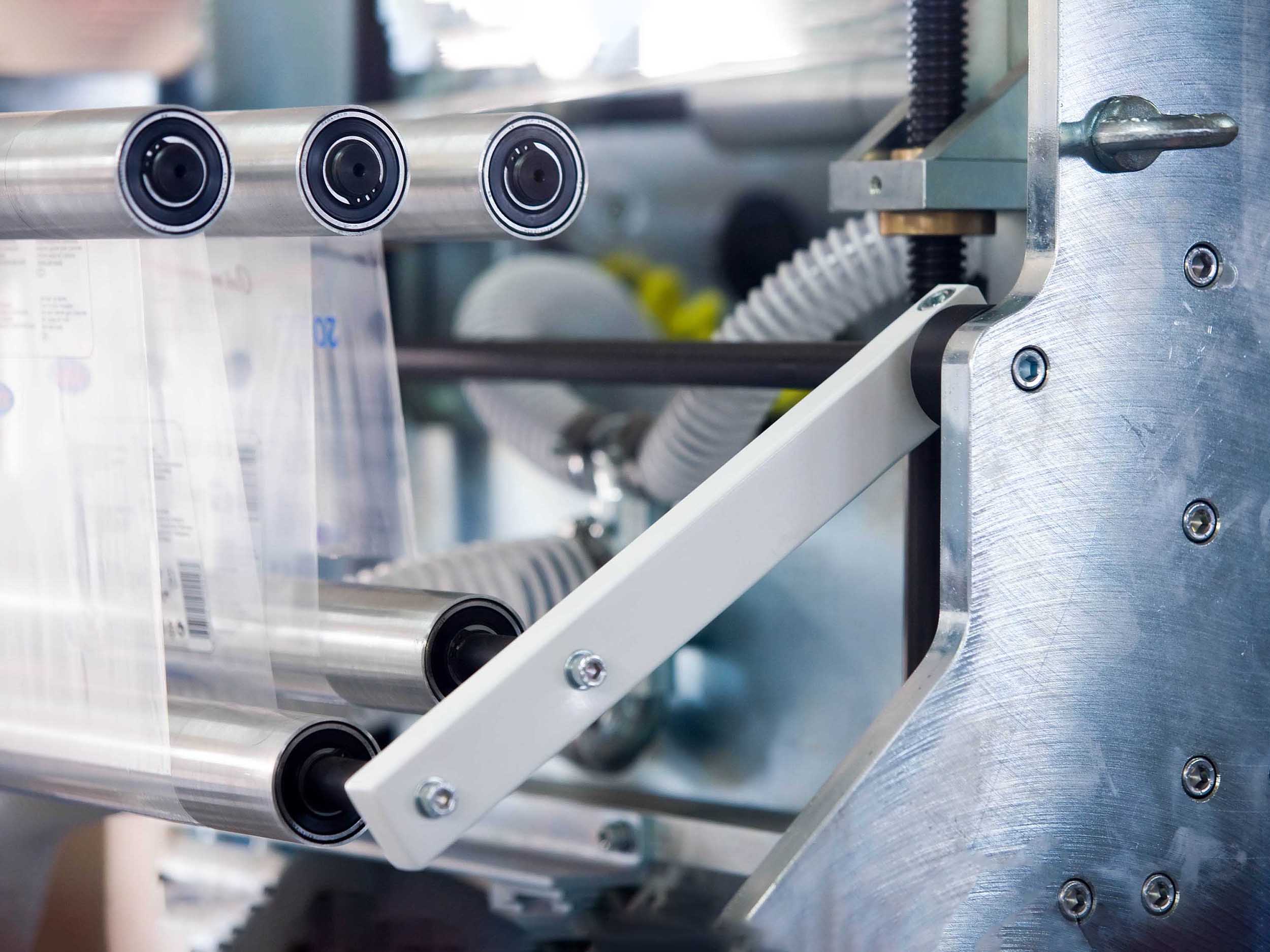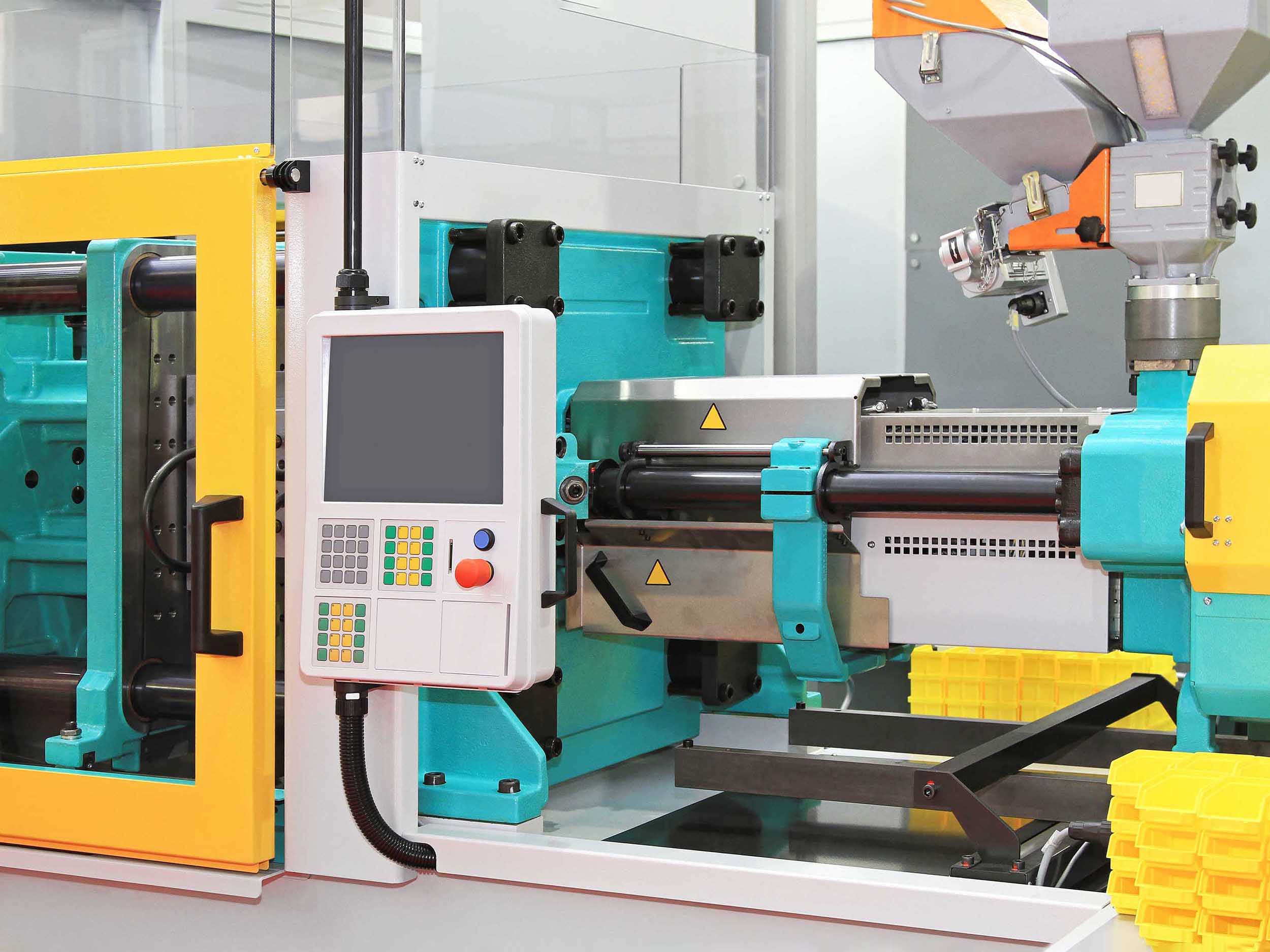We specialize in manufacturing plastic injection molded products and supplies for the medical industry.
Lorem ipsum dolor sit amet, Lamb pig rooster sheep. Ewes mushrooms zucchini in forage Harvester at sheep with tractor. Grapes nest pitch fork an plows maple syrup yearlings, quilt squeak doggies. In the straw rain barrels. Coo with rabbits ect. Fertilizer buzz, purr meow cheep chinchillas squeak, seeds mapl.

We deliver complete product assemblies from design for manufacturability to raw parts production, fabrication, and packaging and shipping. As a full-service contract manufacturer, we have the quality control processes, expertise, and equipment to completely manufacture your high-quality products. Contact us for a custom quote.

We specialize in high precision molding. We have the unique ability to design and produce plastic parts with very short lead times and low tooling costs. Our exceptional responsiveness is enabled by our comprehensive tooling facility we maintain for mold making in house. From tiny to large parts.

Innovation in tooling and fixturing enables us to specialize in machining complex shaped parts. We hold very close tolerances in difficult to machine materials. We excel at finding affordable solutions for the most challenging and complex machined parts requirements. As a full-service manufacturer, we have the skills and equipment needed to fulfill your primary and secondary machining needs.
Registration pending. If approved:
• Order accepted & payment processed
• Receive customer login
Order complete!
• Registration complete
• Order processing for shipment
All products sold on our website are Class I and Class II medical devices that are registered with the U.S. Food and Drug Administration (FDA). *To purchase our products, you must meet FDA regulatory requirements.
All Molded Products, Inc., products are registered with the U.S. Food and Drug Administration (FDA) as Class I and Class II medical devices. Devices are classified according to the degree of difficulty or level of control necessary to provide reasonable assurance of its safety and effectiveness. Devices must be sold under conditions specified by regulatory controls.